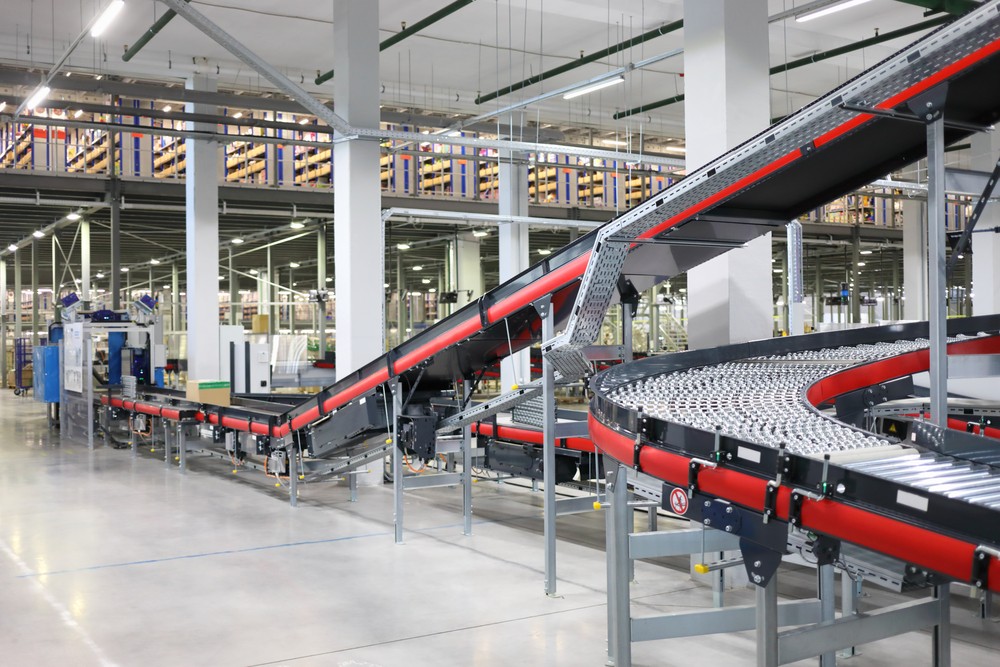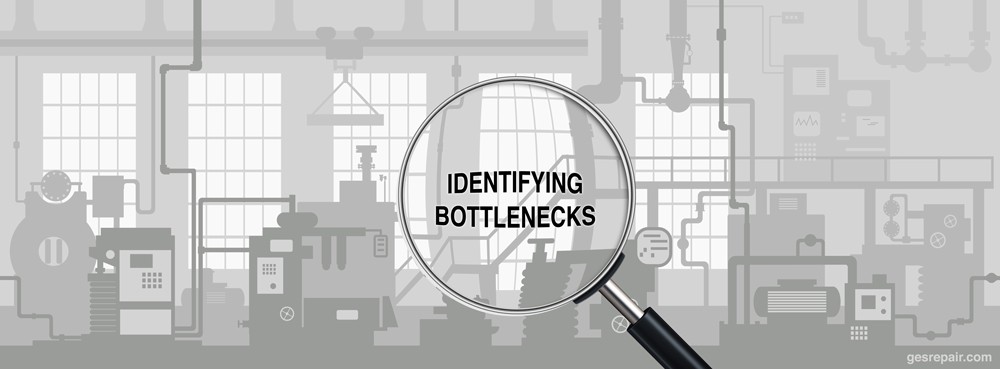Eliminate Bottlenecks in Your Manufacturing Process

Value streams are full of ebbs and flows. The more steps there are, the more variance there is between these rhythms. And although the amount of time spent on one segment of a manufacturing process may take longer than another, what matters is the smoothness of the transition into and out of each segment in the greater value stream. Constraints are cause for inefficiency, but most know them by a simpler name: bottlenecks.
Why and how do bottlenecks occur?
Bottlenecks occur for many reasons, including machine and human error, processes, or a combination of all three. Human error is generally solved with additional training, but machine and process errors require technical adjustments (machine learning). Sometimes it’s a matter of a machine process that’s off by a few seconds, creating a backup. Other times, you might be dealing with a chain reaction best solved by empowering your human decision-makers.
Before deciding what kind of action to take, evaluate whether it’s a reoccurring problem or if it was a one-time issue due to extenuating circumstances. Obviously, anything solved without reprogramming machinery or making other major adjustments is preferable.

Evaluating and resolving bottlenecks in manufacturing processes
If you’ve got a bottleneck in your manufacturing chain, thoroughly evaluate it to decide what kind of action to take. If it’s a regularly occurring incidence, there are a few things you can do.
First, identify the type of bottleneck. Where is it occurring and what’s causing it?
Next, it’s important to understand the level of inefficiency involved. Is this a small fix or do you need to make massive changes to your production or fulfillment process?
Moving forward, identify the capital requirements involved — or rather, how much per hour is this bottleneck costing you? From there, set the objective and enact a purposeful solution, whether that’s reprogramming machines or reeducating your workers.
Finally, once you have everything in place, it’s crucial to measure the results. You need to know if your solutions worked, or if you should go back to the drawing board.
Not all bottleneck resolution results in increased cash flow. You might fix a bottleneck problem on the production line only to find that it reduces costs, not increases profits. Despite this, it’s still worthwhile to fix bottlenecks, as they’ll always afford some form of improvement to your factory.
How fixing bottlenecks resolves throughput
Fixing bottlenecks means freeing up machine and human capacity across the factory, even if the bottleneck doesn’t directly affect a certain aspect of the value stream. For example, if you find yourself using fewer machines to accomplish the same amount of work, you can increase production or roll those machines into a new value stream.
For most manufacturers, a production bottleneck seriously affects throughput, as well as worker satisfaction. But they’re easy enough to fix with careful attention and a dedication to leaner practices. Remember to look holistically at the value stream to identify where bottlenecks may be inadvertently cropping up and what you can do to resolve them.